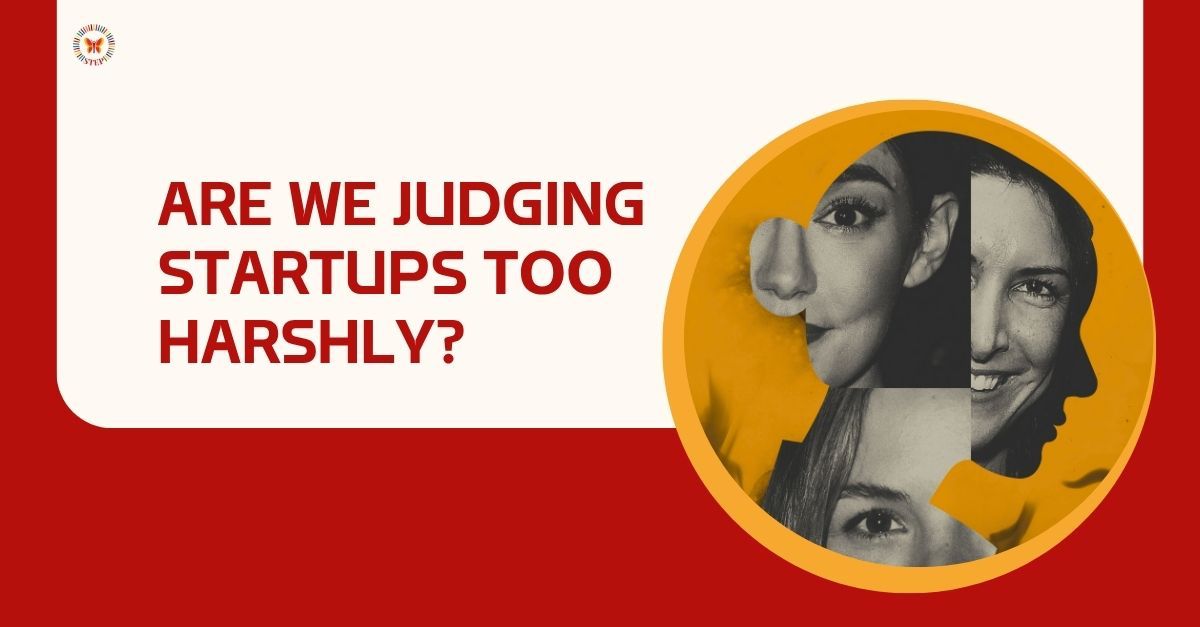Are we judging startups too harshly?
What did Swiggy do right that Tiny Owl didn’t?
- Diverse Choices & Restaurant Inventory: Swiggy quickly onboarded a wide range of local restaurants.
- Speed & Delivery Efficiency: Swiggy’s superior tech and in-house delivery fleet ensured fast, reliable deliveries with short Estimated Time of Arrivals( ETAs)
- Trust & Transparency: Features like live delivery tracking and item photos built customer trust and loyalty.
- Focused Delivery Fleet: Swiggy owns and trains its own fleet, ensuring a seamless experience without multiple calls from delivery personnel.
What Went Wrong for TinyOwl:
- Over-Hiring & Inefficiency: TinyOwl expanded too quickly, leading to inefficiency and poor service quality. They over-hired and couldn’t establish proper organizational structures.
- Scaling Without Core Metrics: Focusing too much on growth without refining core operations led to a strain on unit economics.
- Lack of Strategic Clarity: TinyOwl’s strategies, including the abandonment of its delivery fleet, resulted in high cash burn and lower margins.
Shubham Bansal, TinyOwl’s founder, put it best
Swiggy’s strategy was better. While Tiny Owl focused on the food discovery/ordering experience, Swiggy focused on building a logistics network. In hindsight, logistics was a main problem to be solved. BUT ONLY IN HINDSIGHT.No one could have predicted at that time. Any other reason and criticism about startups is a waste of your time, and shows poorly more on people criticising than those who tried building.”
The Lesson
- He acknowledges that Swiggy focused on solving the right problem — logistics. In the food delivery space, ensuring that the food reaches the customer on time, hot, and reliably has turned out to be the critical success factor.
- TinyOwl tried to make browsing and ordering easy, but it didn’t invest heavily in solving the messy, real-world delivery issues. Swiggy, on the other hand, went all-in on building its delivery fleet and systems — something that later became its moat.
- At that time, no one knew for sure which approach would work. Food tech was still new, and many assumed better UX (user experience) would win. Only after the market evolved did it become clear that logistics was the real bottleneck.
It wasn’t about who raised more — it was about who solved the right problem first.
Building a startup means taking bets with incomplete information. Some work. Some don’t.
Do we judge failed startups too harshly — and forget how much courage it takes to build one?
Sources: https://growquik.in/swiggy-business-model-marketing-strategy
https://x.com/BakarBansal/status/1933051417352134663
https://timesofindia.indiatimes.com/business/startups/trend-tracking/the-rise-and-fall-of-tinyowl-lessons-that-start-up-founder-saurabh-goyal-learnt/articleshow/60069264.cms



